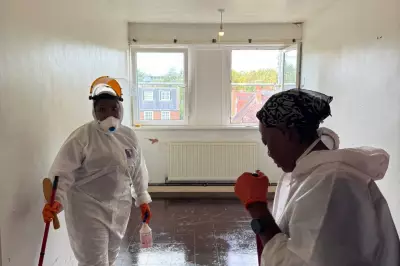
That beautifully peaked dollop of whipped cream sitting atop your dessert holds a secret scientific drama within its airy structure. The inevitable transformation from fluffy cloud back to liquid pool isn't just kitchen frustration—it's a fascinating lesson in physics and food chemistry.
The Airy Architecture of Whipped Cream
When you whip cream, you're essentially building a temporary architectural marvel. The process incorporates millions of tiny air bubbles into the liquid cream, creating a foam structure that gives whipped cream its characteristic lightness.
"The magic happens because the fat molecules in cream have a unique property," explains food scientists. "As you whip, these molecules rearrange themselves to form a protective layer around each air bubble, creating what's essentially a fat-stabilised foam."
Why the Great Collapse Happens
This delicate structure faces constant threats that eventually lead to its downfall:
- Gravity's relentless pull slowly drains liquid from between the bubbles
- Temperature fluctuations cause fat molecules to soften and lose their grip
- Mechanical stress from stirring or movement can rupture bubble walls
- Time itself allows for gradual drainage and coalescence of bubbles
The Stabiliser Solution
Professional chefs and determined home bakers have developed several strategies to combat cream collapse:
- Temperature control: Keeping everything chilled slows fat melting
- Added stabilisers: Ingredients like gelatin or cornflour extend structure life
- Proper equipment: Copper bowls can help stabilise the foam
- Timing: Whipping just before serving minimises collapse time
The next time you watch your carefully whipped cream slowly surrender to liquid form, remember you're witnessing complex food science in action—a temporary edible architecture that, like all beautiful things, eventually must return to its original state.





